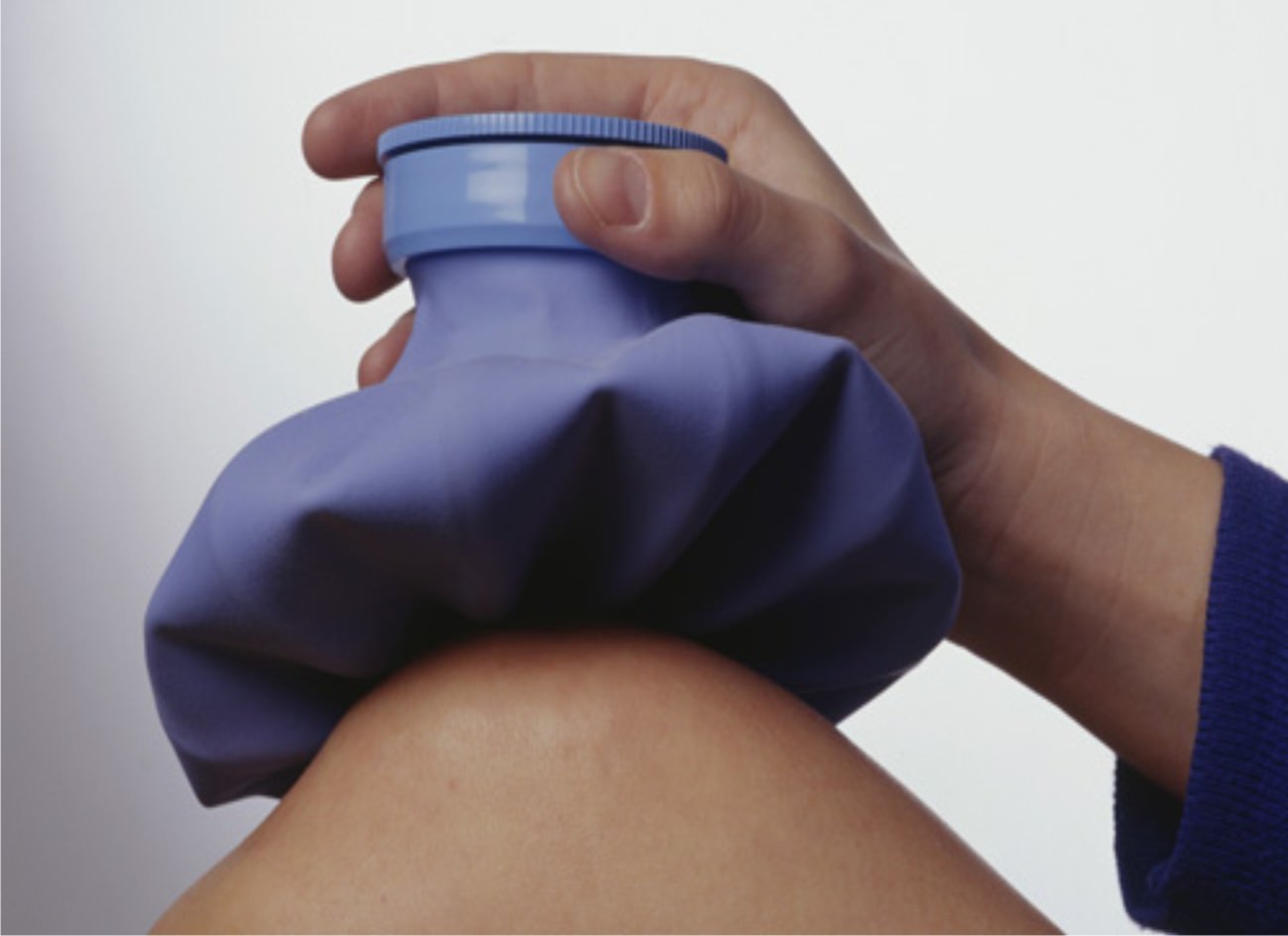Does icing help arthritis. Effective Icing Methods for Arthritis Relief: When and How to Apply Cold Therapy
How does icing help arthritis symptoms. When is the best time to use cold therapy for joint pain. What are the most effective methods for applying ice to arthritic joints. How long should you ice arthritic areas for maximum benefit. Can alternating heat and cold therapy provide better arthritis relief.
Understanding the Benefits of Cold Therapy for Arthritis
Cold therapy, also known as cryotherapy, has emerged as a valuable tool in managing arthritis symptoms. But how exactly does it work? Cold therapy constricts blood vessels and reduces blood flow to the affected area. This mechanism helps in:
- Reducing swelling and inflammation
- Soothing aching joints after physical activity
- Managing pain by slowing down pain signals traveling to the brain
For many arthritis sufferers, icing can provide significant relief, especially when used appropriately and in conjunction with other treatments. However, it’s essential to understand when and how to apply cold therapy for maximum benefit.
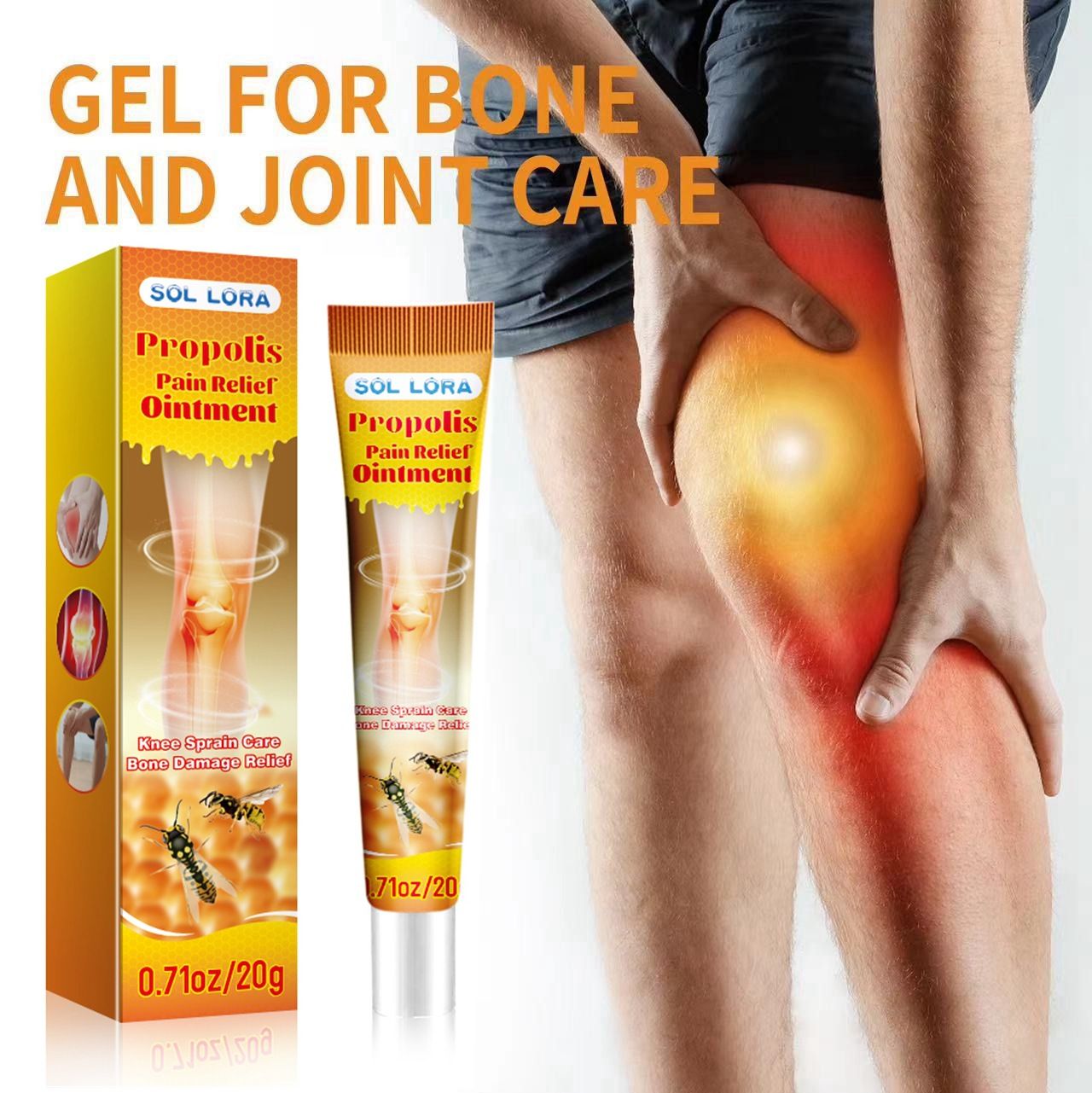
Optimal Timing: When to Use Cold Therapy for Arthritis
Knowing when to apply cold therapy can make a significant difference in its effectiveness. Generally, cold therapy is most beneficial:
- Immediately after physical activity or exercise
- During acute flare-ups of joint pain
- When there’s visible swelling or inflammation
- Within 48 hours of an injury or strain
Is cold therapy suitable for all types of arthritis? While it can be beneficial for many forms of arthritis, it’s particularly effective for rheumatoid arthritis and other inflammatory types. However, individuals with osteoarthritis might find heat therapy more soothing for stiff joints.
Effective Methods for Applying Cold Therapy to Arthritic Joints
There are numerous ways to apply cold therapy, ranging from simple home remedies to specialized products. Here are some effective methods:
- Frozen vegetable bags: Wrap a bag of frozen peas or corn in a thin, damp cloth and apply to the affected area.
- Frozen towel: Dampen and fold a towel, freeze it for about 15 minutes, then apply it to the joint.
- DIY cold packs: Fill a clean sock with rice and freeze, or freeze liquid detergent in a resealable plastic bag.
- Commercial ice or gel packs: These are designed for therapeutic use and come in various shapes and sizes.
- Ice massage: Freeze water in a paper cup, peel away the top, and gently massage the affected area with the exposed ice.
- Instant ice packs: Single-use packs that activate when snapped, ideal for on-the-go relief.
Which method is most effective for arthritis relief? The best method often depends on personal preference and the specific joint affected. Experiment with different techniques to find what works best for you.

Guidelines for Safe and Effective Cold Therapy Application
To maximize the benefits of cold therapy while minimizing risks, follow these guidelines:
- Apply cold therapy for about 8 minutes at a time
- Always wrap ice packs in a thin cloth to protect your skin
- Check your skin every 5 minutes, especially if you have reduced sensitivity
- Wait at least 1 hour between cold therapy sessions
- Avoid applying ice directly to bony prominences
How often should you use cold therapy for arthritis? The frequency can vary depending on your symptoms and overall health. Generally, 2-4 times a day is considered safe and effective, but always consult with your healthcare provider for personalized advice.
Combining Heat and Cold Therapy for Enhanced Arthritis Relief
While cold therapy can be highly effective, combining it with heat therapy may provide even greater relief for some individuals. This approach, known as contrast therapy, involves alternating between heat and cold applications.
Benefits of Contrast Therapy:
- Improved circulation
- Reduced inflammation
- Enhanced flexibility
- Better pain management
How do you effectively alternate between heat and cold therapy? A common method is to apply heat for about 10 minutes, followed by cold for 8 minutes, and repeat this cycle 2-3 times. However, it’s crucial to end with cold therapy to help reduce any inflammation caused by the heat.

Potential Risks and Precautions of Cold Therapy for Arthritis
While cold therapy is generally safe, there are some risks and precautions to be aware of:
- Frostbite or skin damage if ice is applied directly to the skin
- Numbness or tingling if cold is applied for too long
- Increased stiffness if used improperly
- Potential circulatory issues in people with certain conditions
Who should avoid cold therapy? Individuals with poor circulation, Raynaud’s syndrome, or certain nerve sensitivities should consult their doctor before using cold therapy. It’s always best to get professional medical advice before starting any new treatment regimen.
Complementary Treatments to Enhance Arthritis Management
While cold therapy can be a valuable tool in managing arthritis symptoms, it’s most effective when used as part of a comprehensive treatment plan. Consider incorporating these complementary approaches:
- Regular low-impact exercise to improve joint flexibility and strength
- Maintaining a healthy weight to reduce stress on joints
- Anti-inflammatory diet rich in omega-3 fatty acids, fruits, and vegetables
- Stress-reduction techniques like meditation or yoga
- Physical therapy or occupational therapy
- Medications as prescribed by your healthcare provider
How can these complementary treatments work alongside cold therapy? By addressing arthritis from multiple angles, you can create a synergistic effect that may provide greater relief than any single treatment alone.

Innovative Cold Therapy Technologies for Arthritis Relief
As research in arthritis management progresses, new cold therapy technologies are emerging. These innovations aim to provide more targeted, convenient, and effective relief:
- Cryotherapy chambers: Full-body exposure to extremely cold temperatures
- Localized cryotherapy devices: Deliver precise cold therapy to specific joints
- Smart ice packs: Use technology to maintain optimal therapeutic temperatures
- Wearable cold therapy devices: Allow for hands-free, continuous application
Are these new technologies more effective than traditional cold therapy methods? While promising, many of these innovations are still being studied. Traditional methods remain reliable and cost-effective options for most people with arthritis.
The Future of Cold Therapy in Arthritis Management
As our understanding of arthritis and pain management evolves, so too will cold therapy techniques. Researchers are exploring:
- Personalized cold therapy protocols based on individual arthritis types and symptoms
- Integration of cold therapy with other treatments for enhanced efficacy
- Development of longer-lasting cold therapy solutions for extended relief
- Use of nanotechnology to deliver targeted cold therapy at the cellular level
How might these advancements change arthritis management in the future? While it’s exciting to consider the possibilities, it’s important to remember that current cold therapy methods, when used correctly, can still provide significant relief for many arthritis sufferers.
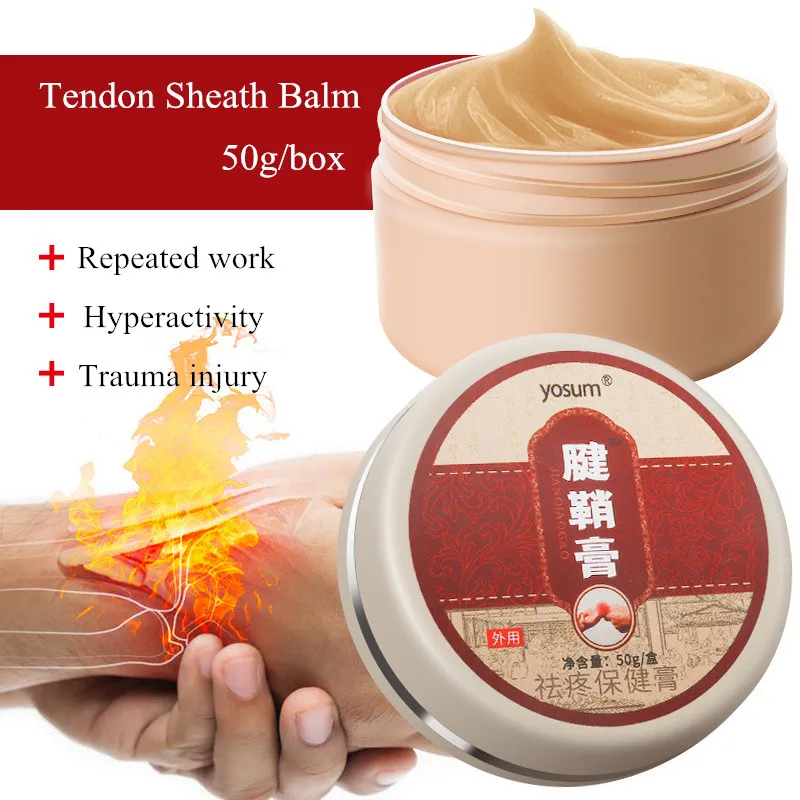
Measuring the Effectiveness of Cold Therapy for Your Arthritis
To determine if cold therapy is helping your arthritis, it’s important to track your symptoms and response to treatment. Consider keeping a journal to record:
- Pain levels before and after cold therapy
- Duration and frequency of cold therapy sessions
- Any changes in joint stiffness or flexibility
- Overall quality of life improvements
How can you objectively measure the impact of cold therapy? Some people find it helpful to use a pain scale (0-10) or to track their ability to perform specific activities. Regularly sharing this information with your healthcare provider can help fine-tune your treatment plan.
When to Reassess Your Cold Therapy Regimen
It’s important to periodically evaluate the effectiveness of your cold therapy routine. Consider reassessing if:
- You’re not experiencing significant relief after several weeks of consistent use
- Your arthritis symptoms worsen or change
- You develop any adverse reactions to cold therapy
- Your overall health status changes
Remember, arthritis management is often a dynamic process, and what works well at one point may need adjustment over time. Regular communication with your healthcare provider is key to optimizing your treatment plan.
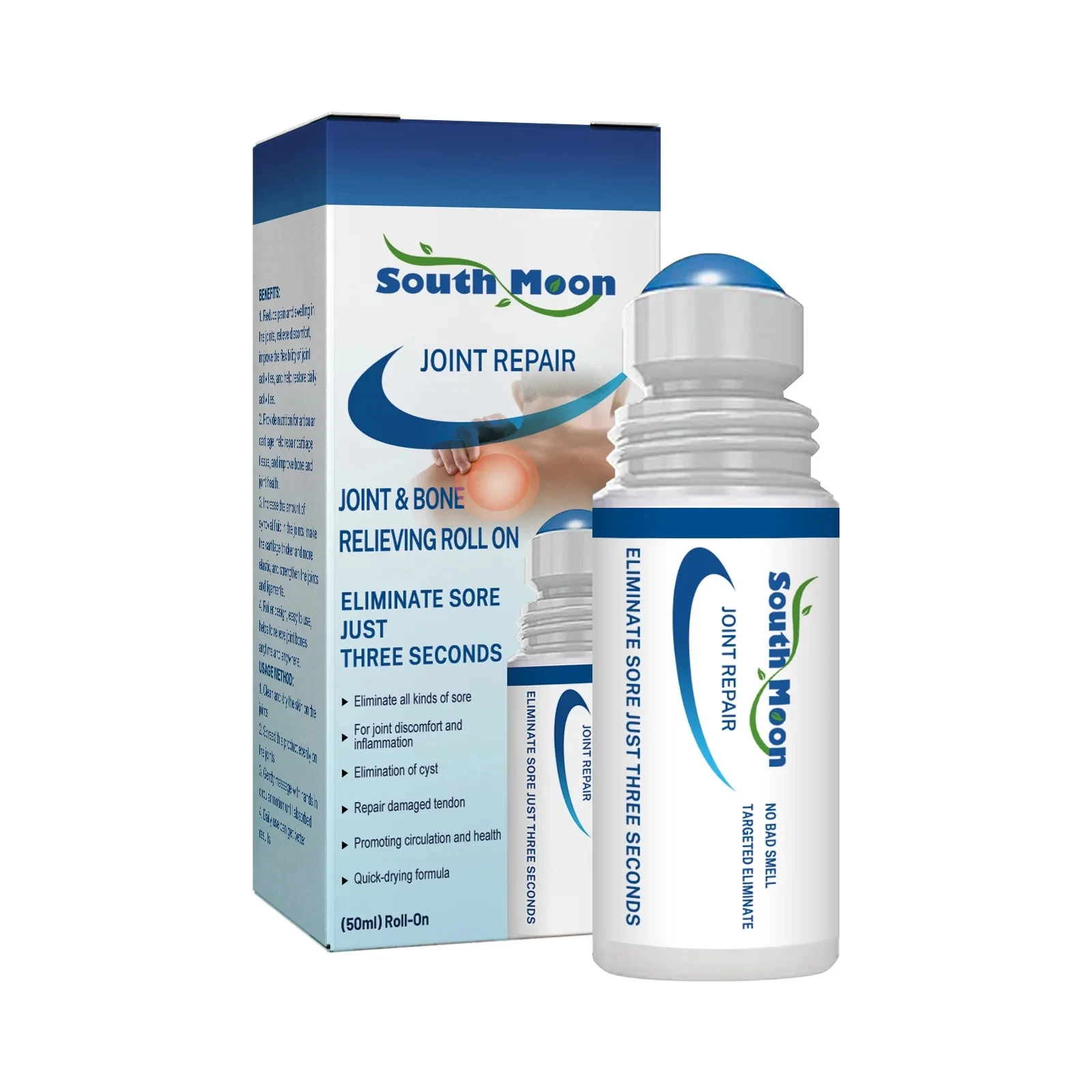
Cold Therapy and Medication: Striking the Right Balance
For many people with arthritis, cold therapy is used in conjunction with medications. It’s important to understand how these treatments can work together:
- Cold therapy can complement the effects of anti-inflammatory medications
- It may help reduce reliance on pain medications in some cases
- Cold therapy can be particularly helpful during medication transitions or dosage adjustments
Can cold therapy replace medication for arthritis management? While cold therapy can be a powerful tool, it’s typically not a complete replacement for medication in managing moderate to severe arthritis. Always consult with your healthcare provider before making any changes to your medication regimen.
Integrating Cold Therapy into Your Daily Routine
To maximize the benefits of cold therapy, consider integrating it into your daily routine. Some strategies include:
- Applying cold therapy after your daily activities or exercise
- Using cold packs during sedentary activities like watching TV or reading
- Keeping instant cold packs in your bag for on-the-go relief
- Setting reminders to ensure consistent application
How can you make cold therapy a sustainable part of your arthritis management? The key is to find methods that fit comfortably into your lifestyle and to be consistent in your application. With time, it can become a natural and effective part of your daily arthritis care routine.

Educating Others About Cold Therapy for Arthritis
If you’ve found success with cold therapy, you might want to share your experience with others. Here are some ways to spread awareness:
- Share your story with arthritis support groups
- Discuss the benefits with friends and family who have arthritis
- Volunteer to speak at local health fairs or community events
- Write about your experience on health forums or blogs
How can sharing your experience benefit others? By spreading awareness, you can help other arthritis sufferers discover potential relief methods they may not have considered. However, always encourage others to consult with their healthcare providers before starting any new treatment.
Addressing Common Misconceptions About Cold Therapy
There are several misconceptions about cold therapy for arthritis. Let’s address some common ones:
- Myth: Cold therapy is only for recent injuries
- Fact: It can also help manage chronic arthritis symptoms
- Myth: Longer application times are always better
- Fact: Overuse can lead to tissue damage; follow recommended durations
- Myth: Cold therapy works the same for everyone
- Fact: Response can vary; what works for one person may not work for another
By dispelling these myths, we can promote more effective and safer use of cold therapy for arthritis management.
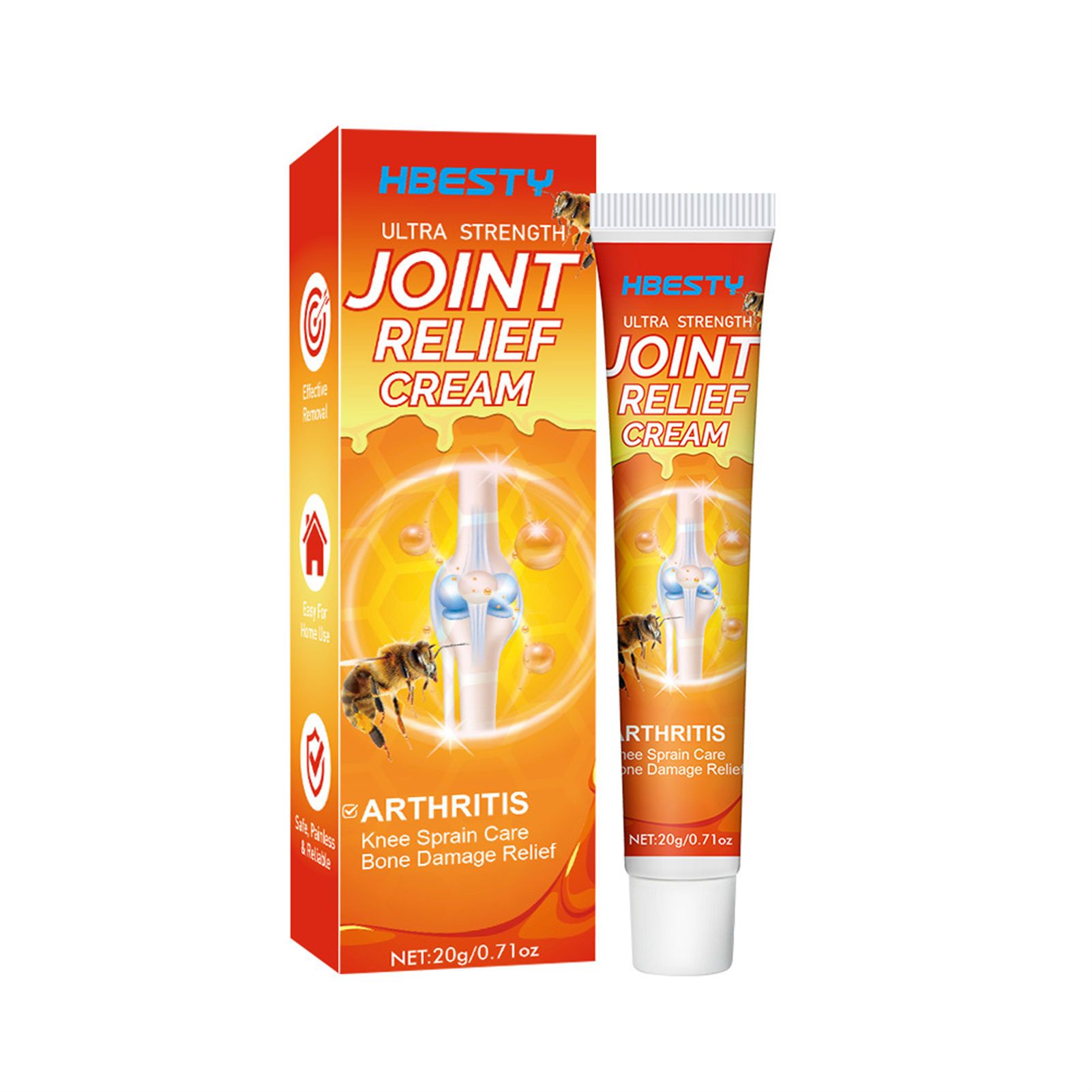
The Role of Professional Guidance in Cold Therapy for Arthritis
While cold therapy can be self-administered, professional guidance can enhance its effectiveness and safety. Healthcare providers can offer valuable insights:
- Tailoring cold therapy techniques to your specific type of arthritis
- Advising on the optimal duration and frequency of application
- Helping integrate cold therapy with other treatments
- Monitoring for any adverse effects or complications
Which healthcare professionals can provide guidance on cold therapy for arthritis? Rheumatologists, physical therapists, and occupational therapists are often well-equipped to advise on cold therapy as part of a comprehensive arthritis management plan.
The Importance of Ongoing Research in Cold Therapy
As with all medical treatments, ongoing research is crucial to refining our understanding and application of cold therapy for arthritis. Current areas of study include:
- Long-term effects of regular cold therapy use
- Optimal protocols for different types of arthritis
- Combination therapies involving cold treatment
- Development of more efficient cold therapy delivery methods
How can patients contribute to advancing cold therapy research? Participating in clinical trials, when available, can help researchers gather valuable data. Additionally, providing detailed feedback to your healthcare provider about your cold therapy experiences can contribute to the collective understanding of its effects.
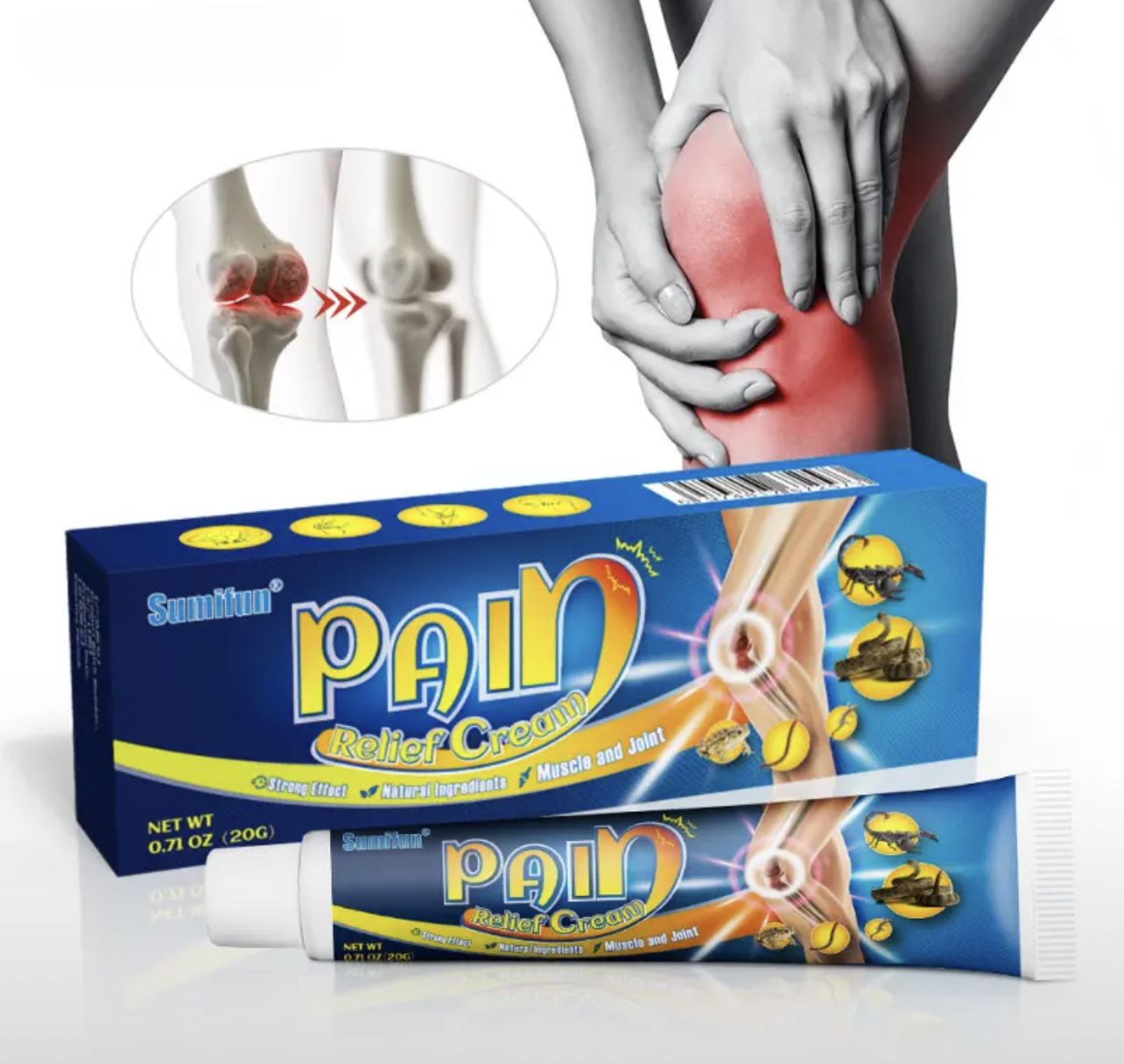
When to use it and methods
Both heat and cold therapy may help ease symptoms of arthritis. Heat may help relieve aches and stiffness, while cold therapy may help ease swelling and pain.
Applying heat or cold to affected parts of the body may help relieve the uncomfortable symptoms of arthritis.
Cold therapy may help ease painful or swollen joints, while heat can help relieve stiff or aching joints and muscles.
Additionally, people may need to experiment with different heat and cold therapies to find what works best.
This article explores which types of heat and cold therapies may help, when and how to apply them, and how to alternate between them.
According to Creaky Joints, heat therapy may help soothe stiff joints, particularly if arthritis causes morning stiffness. Heat therapy may help by increasing blood flow, causing the blood vessels to dilate and pull in more oxygen and nutrients to the joints and muscles.
Cold therapy works in the opposite way, constricting blood vessels and reducing blood flow to the area. This can help reduce swelling and inflammation and assist in soothing aching joints after physical activity.
This can help reduce swelling and inflammation and assist in soothing aching joints after physical activity.
Cold therapy may also help a person manage pain symptoms, as it slows down pain signals traveling to the brain.
Learn about other home remedies for arthritis.
People can choose a method of heat therapy that works for them. Different ways to use heat include:
- Warm shower: Taking a long, warm shower may help ease the joints, increase range of motion, and reduce stiffness. A person can aim for a shower temperature of 92–100°F (33.3–37.7°C).
- Damp, warm compress: A person can dampen a clean towel and heat it in a microwave, so the temperature feels comfortable to apply to affected areas.
- Warm bath: Individuals can soak in a warm bath for around 20 minutes. They can also try adding magnesium sulfate crystals, or Epsom salts, to increase magnesium levels. Magnesium is an important mineral for bone and heart health.

- Heating pads or hot water bottle: Someone can use a moist heating pad or fill a hot water bottle and leave it on the affected area while resting or sitting down.
- Paraffin wax: A person can melt paraffin wax, and after checking it is not too hot, dip the hands, feet, or any aching joint into the wax. They should wait for the wax to cool and harden before peeling off.
- Warm pool: People can swim or exercise in a warm pool 2–3 times per week to increase flexibility and range of motion.
Heat therapy needs to be warm rather than too hot. The Arthritis Foundation (AF) recommends the following tips for using different types of heat therapy:
- Take a hot shower or bath in the morning or before exercising to help reduce stiffness, warm up the body, prepare the joints, and help reduce the likelihood of injury.
- Take a warm bath at the end of the day to ease the joints after a day of activity.
- Avoid using heat on any injury or during a flare-up.

- If any redness, swelling, or bruising is present, use cold therapy instead for a few days until it subsides.
- If people have neuropathy or another condition that makes them less sensitive to temperature changes, they should check their skin every 5 minutes to check that it is not burning or blistering.
People may also be incorporating heat therapy into their day without realizing it. Taking a hot shower in the morning, washing their hands in moderately hot water, or washing up can all be ways to soothe the joints throughout the day.
Different methods of cold therapy include:
- A bag of frozen vegetables: Wrap a bag of frozen peas or something similar in a thin, damp cloth or towel and apply it to the affected area. A bag of ice cubes can also be effective.
- A frozen towel: Take a damp sponge or dampen and fold a towel and place it in the freezer for around 15 minutes. Remove it from the freezer, place it in a plastic bag or thin cloth and apply it to the affected area.

- Reusable DIY cold packs: Fill a clean, spare sock with rice and place it in the freezer, or fill a resealable plastic bag with liquid washing-up detergent. Take out of the freezer when necessary.
- Ice or gel cold pack: Buy an ice pack or gel pack to freeze. Choose the shape and size suitable for the affected areas.
- Ice massage: Take a paper cup, fill it with water, and place it in the freezer. Once frozen, peel away the top part of the cup, leaving a small section at the bottom to hold onto. Rub the exposed ice in small circles over the sore area, avoiding any part where the bone is close to the skin, such as the elbow point or kneecap.
- Instant ice packs: People can buy single-use ice packs that they snap to activate. These may be useful when other options are unavailable.
Cold therapy will not affect the body’s internal temperature, as it targets the tissues and muscles close to the surface of the skin. Tips for using cold therapy include the following:
Tips for using cold therapy include the following:
- Use cold therapy for around 8 minutes at a time.
- Use items that have reached freezing point but wrap any frozen or very cold object in a towel or cloth before applying it to the skin.
- Stop using any cold therapy if the skin starts to feel numb or if a person feels increased pain or discomfort.
- Avoid cold therapy for too long, as it may damage tissue or result in frostbite.
- Avoid cold therapy if people have neuropathy or another condition that makes them less sensitive to temperature changes.
- Use cold therapy during flare-ups to reduce inflammation and swelling.
- Avoid using cold therapy on broken skin.
- Choose heat therapy instead if a person wants to improve flexibility, reduce pain, and ease stiffness.
People may choose to alternate between heat or cold therapy throughout the day. Repetitive use of heat and cold therapy is safe to do as long as individuals are careful about their methods.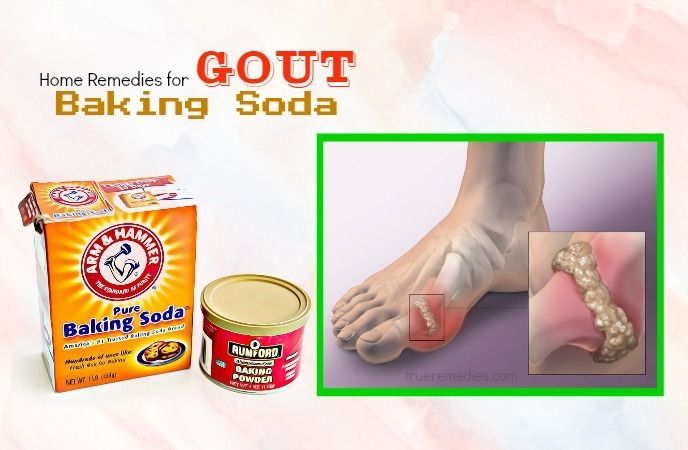
The AF advises leaving a couple of hours between heat and cold therapy when alternating between both.
People with arthritis may find that heat and cold therapy helps ease joint pain and stiffness.
According to studies that the AF cites, people with arthritis who took part in exercise classes in a warm pool 2–3 times a week had increased range of motion and up to 40% reduction in pain.
The 2019 guidelines from the American College of Rheumatology and AF conditionally recommend heat and cold therapy for people with osteoarthritis of the knee, hip, or hand. However, there is insufficient reliable evidence of the benefits of heat and cold therapy to recommend it unconditionally.
Heat and cold therapy may help ease arthritis symptoms.
Heat therapy increases blood flow and may help to soothe stiff joints. In contrast, cold therapy constricts blood vessels and may be useful in reducing stiffness and inflammation.
People can alternate between heat and cold as necessary.
A person can discuss the types of heat or cold therapy with a healthcare professional to check whether it is safe to use and which methods may be best for their type of arthritis.
When to use it and methods
Both heat and cold therapy may help ease symptoms of arthritis. Heat may help relieve aches and stiffness, while cold therapy may help ease swelling and pain.
Applying heat or cold to affected parts of the body may help relieve the uncomfortable symptoms of arthritis.
Cold therapy may help ease painful or swollen joints, while heat can help relieve stiff or aching joints and muscles.
Additionally, people may need to experiment with different heat and cold therapies to find what works best.
This article explores which types of heat and cold therapies may help, when and how to apply them, and how to alternate between them.
According to Creaky Joints, heat therapy may help soothe stiff joints, particularly if arthritis causes morning stiffness. Heat therapy may help by increasing blood flow, causing the blood vessels to dilate and pull in more oxygen and nutrients to the joints and muscles.
Heat therapy may help by increasing blood flow, causing the blood vessels to dilate and pull in more oxygen and nutrients to the joints and muscles.
Cold therapy works in the opposite way, constricting blood vessels and reducing blood flow to the area. This can help reduce swelling and inflammation and assist in soothing aching joints after physical activity.
Cold therapy may also help a person manage pain symptoms, as it slows down pain signals traveling to the brain.
Learn about other home remedies for arthritis.
People can choose a method of heat therapy that works for them. Different ways to use heat include:
- Warm shower: Taking a long, warm shower may help ease the joints, increase range of motion, and reduce stiffness. A person can aim for a shower temperature of 92–100°F (33.3–37.7°C).
- Damp, warm compress: A person can dampen a clean towel and heat it in a microwave, so the temperature feels comfortable to apply to affected areas.

- Warm bath: Individuals can soak in a warm bath for around 20 minutes. They can also try adding magnesium sulfate crystals, or Epsom salts, to increase magnesium levels. Magnesium is an important mineral for bone and heart health.
- Heating pads or hot water bottle: Someone can use a moist heating pad or fill a hot water bottle and leave it on the affected area while resting or sitting down.
- Paraffin wax: A person can melt paraffin wax, and after checking it is not too hot, dip the hands, feet, or any aching joint into the wax. They should wait for the wax to cool and harden before peeling off.
- Warm pool: People can swim or exercise in a warm pool 2–3 times per week to increase flexibility and range of motion.
Heat therapy needs to be warm rather than too hot. The Arthritis Foundation (AF) recommends the following tips for using different types of heat therapy:
- Take a hot shower or bath in the morning or before exercising to help reduce stiffness, warm up the body, prepare the joints, and help reduce the likelihood of injury.

- Take a warm bath at the end of the day to ease the joints after a day of activity.
- Avoid using heat on any injury or during a flare-up.
- If any redness, swelling, or bruising is present, use cold therapy instead for a few days until it subsides.
- If people have neuropathy or another condition that makes them less sensitive to temperature changes, they should check their skin every 5 minutes to check that it is not burning or blistering.
People may also be incorporating heat therapy into their day without realizing it. Taking a hot shower in the morning, washing their hands in moderately hot water, or washing up can all be ways to soothe the joints throughout the day.
Different methods of cold therapy include:
- A bag of frozen vegetables: Wrap a bag of frozen peas or something similar in a thin, damp cloth or towel and apply it to the affected area. A bag of ice cubes can also be effective.
- A frozen towel: Take a damp sponge or dampen and fold a towel and place it in the freezer for around 15 minutes.
 Remove it from the freezer, place it in a plastic bag or thin cloth and apply it to the affected area.
Remove it from the freezer, place it in a plastic bag or thin cloth and apply it to the affected area. - Reusable DIY cold packs: Fill a clean, spare sock with rice and place it in the freezer, or fill a resealable plastic bag with liquid washing-up detergent. Take out of the freezer when necessary.
- Ice or gel cold pack: Buy an ice pack or gel pack to freeze. Choose the shape and size suitable for the affected areas.
- Ice massage: Take a paper cup, fill it with water, and place it in the freezer. Once frozen, peel away the top part of the cup, leaving a small section at the bottom to hold onto. Rub the exposed ice in small circles over the sore area, avoiding any part where the bone is close to the skin, such as the elbow point or kneecap.
- Instant ice packs: People can buy single-use ice packs that they snap to activate. These may be useful when other options are unavailable.
Cold therapy will not affect the body’s internal temperature, as it targets the tissues and muscles close to the surface of the skin.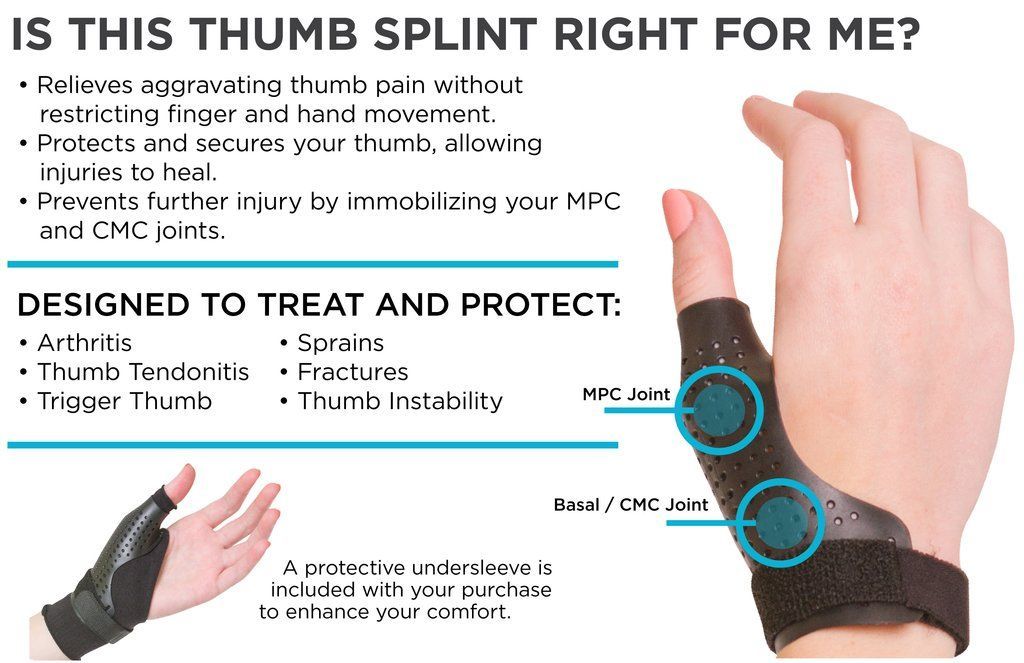 Tips for using cold therapy include the following:
Tips for using cold therapy include the following:
- Use cold therapy for around 8 minutes at a time.
- Use items that have reached freezing point but wrap any frozen or very cold object in a towel or cloth before applying it to the skin.
- Stop using any cold therapy if the skin starts to feel numb or if a person feels increased pain or discomfort.
- Avoid cold therapy for too long, as it may damage tissue or result in frostbite.
- Avoid cold therapy if people have neuropathy or another condition that makes them less sensitive to temperature changes.
- Use cold therapy during flare-ups to reduce inflammation and swelling.
- Avoid using cold therapy on broken skin.
- Choose heat therapy instead if a person wants to improve flexibility, reduce pain, and ease stiffness.
People may choose to alternate between heat or cold therapy throughout the day. Repetitive use of heat and cold therapy is safe to do as long as individuals are careful about their methods.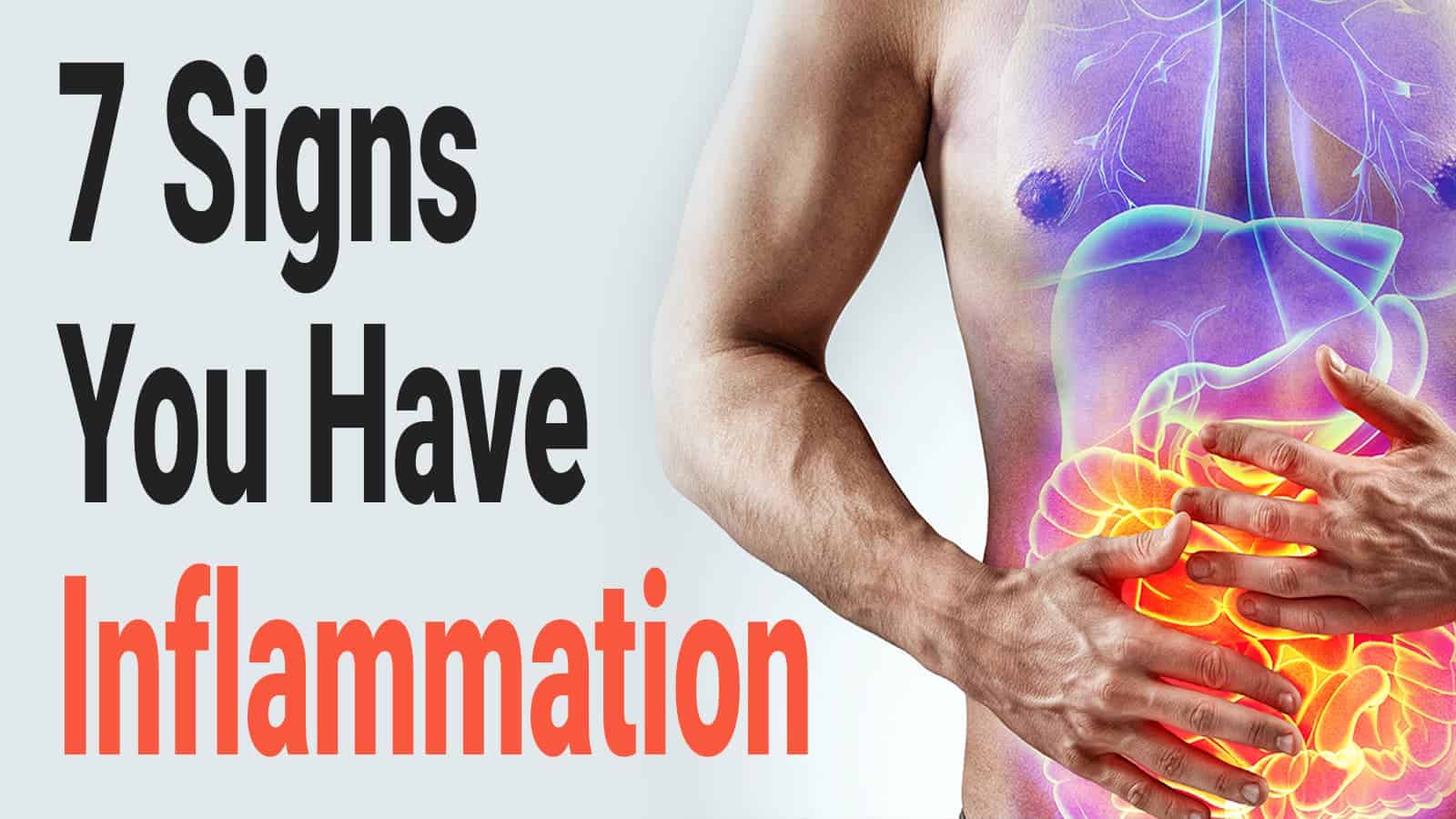
The AF advises leaving a couple of hours between heat and cold therapy when alternating between both.
People with arthritis may find that heat and cold therapy helps ease joint pain and stiffness.
According to studies that the AF cites, people with arthritis who took part in exercise classes in a warm pool 2–3 times a week had increased range of motion and up to 40% reduction in pain.
The 2019 guidelines from the American College of Rheumatology and AF conditionally recommend heat and cold therapy for people with osteoarthritis of the knee, hip, or hand. However, there is insufficient reliable evidence of the benefits of heat and cold therapy to recommend it unconditionally.
Heat and cold therapy may help ease arthritis symptoms.
Heat therapy increases blood flow and may help to soothe stiff joints. In contrast, cold therapy constricts blood vessels and may be useful in reducing stiffness and inflammation.
People can alternate between heat and cold as necessary.
A person can discuss the types of heat or cold therapy with a healthcare professional to check whether it is safe to use and which methods may be best for their type of arthritis.
Medical myths. All About Arthritis – The Expert, Lahta Clinic
This issue of Medical Myths on Medical News Today was in conjunction with Arthritis Awareness Month and focused on some of the most enduring half-truths and outright superstitions about arthritis. Let’s consider them in more detail.
Arthritis is a disease characterized by pain and inflammation in the joints. There are two main types: osteoarthritis (OA) and rheumatoid arthritis (RA).
According to the Centers for Disease Control and Prevention (CDC), osteoarthritis is the most common form. The soil for OA is degenerative-dystrophic changes in the cartilaginous structures that are located between the bones in the joint, so osteoarthritis is often called “wear arthritis” or “depreciation disease”.
Rheumatoid arthritis develops when the immune system mistakenly attacks healthy tissues in the body. The result is damage to the joints, but tendons, muscle and connective tissue can also be involved in the lesion.
Arthritis is fairly common. In particular, osteoarthritis is the leading cause of disability in the older age group. The Lancet estimates that this form of joint inflammation affects about 7% of the global population, which is more than 500 million people.
According to the World Health Organization, rheumatoid arthritis is less common, but it is still found in 0.3-1% of the world’s human population. One of the features of RA is the tendency to manifest at an earlier age compared to OA, usually between 20 and 40 years; in addition, rheumatoid arthritis often affects daily activities more severely. The WHO notes that “after 10 years from the onset of the disease, at least 50% of patients in developed countries can no longer work full-time. ”
”
In addition to osteoarthritis and rheumatoid arthritis, there are several other forms of this disease, including:
– juvenile (juvenile) arthritis, a group of joint inflammatory diseases that begin in childhood or adolescence;
– spondyloarthropathy, the collective name for dystrophic lesions of the joints of controversial etiology;
– systemic lupus erythematosus, one of the autoimmune diseases in which many tissues and structures are affected in the body, including joints;
– gout, accumulation and deposition in the joints of crystalline salts of uric acid;
– infectious and reactive arthritis, inflammation of the joints as a result of the activity of pathogenic microorganisms;
– psoriatic arthritis, which affects almost a third of patients with psoriasis.
So, about the myths connected with arthritis.
Only old people suffer from arthritis
Arthritis is more common in the older age group, but people of any age get sick. In a database owned by the US National Institutes of Health PubMed Central analysis reports available for the National Health Interview Survey , a nationwide health survey developed by the US National Center for Health Statistics and regularly conducted by the CDC. According to these data, 49.7% (ie less than half) of all cases of arthritis are diagnosed in people aged 65 years and older. 30.3% of cases are in the age category of 45-64 years; 7.3% – in the category of 18-44 years, and in the remaining cases (12.7%), arthritis is primarily diagnosed in people under 18 years of age. As for rheumatoid arthritis (RA), this form, as mentioned above, most often manifests itself in the age group from 20 to 40 years.
In a database owned by the US National Institutes of Health PubMed Central analysis reports available for the National Health Interview Survey , a nationwide health survey developed by the US National Center for Health Statistics and regularly conducted by the CDC. According to these data, 49.7% (ie less than half) of all cases of arthritis are diagnosed in people aged 65 years and older. 30.3% of cases are in the age category of 45-64 years; 7.3% – in the category of 18-44 years, and in the remaining cases (12.7%), arthritis is primarily diagnosed in people under 18 years of age. As for rheumatoid arthritis (RA), this form, as mentioned above, most often manifests itself in the age group from 20 to 40 years.
If your joints hurt, it’s arthritis
Not necessarily. Not all joint pain is due to arthritis, and any discomfort in the joints should not be considered a sign of inevitably impending arthritis. There are many other causes of joint and periarticular pain, including tendinitis, bursitis, trauma, etc.
There are many other causes of joint and periarticular pain, including tendinitis, bursitis, trauma, etc.
Arthritis sufferers should not exercise
In general, exercise is not a contraindication for arthritis. On the contrary, an individually designed and thought-out gymnastic system helps maintain joint mobility and strengthen them. At the same time, an absolute necessity is a preliminary consultation with a doctor to agree on the nature, intensity and frequency of the intended loads.
From the American College of Rheumatology:
“Exercise can and should be practiced for arthritis. Arthritis patients who exercise regularly find less pain, more energy, better sleep quality, and overall better day-to-day functioning.”
Furthermore, this organization recommends that exercise be considered “one of the main principles of treatment for osteoarthritis of the elbows and knees.”
Nightshade vegetables aggravate arthritis
Nightshades, which include tomatoes, eggplant, potatoes, vegetable peppers, and some other agricultural plants, are the subject of one of the most enduring myths about arthritis. Some people claim that meals made from such vegetables worsen the symptoms of arthritis.
Some people claim that meals made from such vegetables worsen the symptoms of arthritis.
We contacted Dr. Brian Schultz, Sports Medicine Specialist, Surgeon at Cedars-Sinai Kerlan-Jobe Institute (Los Angeles, CA) for clarification. He told us, “There is no evidence that nightshade vegetables cause inflammation or aggravate the symptoms of arthritis. However, the Arthritis Foundation recommends certain anti-inflammatory foods, including fatty fish rich in omega-3 fatty acids, pigmented fruits and vegetables high in antioxidants, nuts, grains and legumes.”
Heat is better for painful joints than cold
This is not so. In fact, both heat and cold can relieve joint pain. From Guy’s and St Thomas’s National Health Service (NHS, UK):
“When properly applied, heat can relieve pain and stiffness in joints and muscles. Cold can reduce inflammation and swelling of the joints.”
Foundation experts explain that warming up is best used before physical activity or exercise, when the joint is still stiff and movements are painful. But cooling can help if the joint is inflamed and swollen after activity.
But cooling can help if the joint is inflamed and swollen after activity.
Prevention of arthritis does not exist
This is partly a myth. Of course, not every case of arthritis can be prevented, because some risk factors, such as advanced age, are beyond the control of the individual and cannot be controlled. However, CDC experts insist that people can eliminate or minimize certain risk factors, which will serve as a reliable prevention of arthritis or slow its progression.
In particular, overweight individuals are at increased risk for knee osteoarthritis. Normalization and maintenance of weight in an adequate range can reduce this risk. Another serious factor contributing to the development of rheumatoid arthritis is smoking. Quitting this addiction, dangerous in so many ways, reduces the risk of joint damage and provides a wide range of other health benefits.
Finally, given the likelihood of developing arthritis after injury, basic joint protection during sports or other physical activity significantly reduces the risk of arthritis in later life.
Once you have been diagnosed, you are already powerless to do anything
Fortunately, this is a myth. Despite the fact that there is often no etiopathogenetic treatment for the disease, its course varies depending on the type of arthritis. Today, medications are available that, in many types of arthritis, effectively reduce clinical manifestations and inhibit the progression of changes.
And it is not superfluous to emphasize once again that even after establishing and confirming the diagnosis, it is quite possible (and necessary) to adopt a lifestyle that in itself serves as an obstacle to the further increase in symptoms: eliminate smoking, achieve normal body weight, switch to eat healthy and get enough sleep.
Glucosamine and chondroitin can cure arthritis
As a rule, arthritis does not respond to etiopathogenetic treatment; this means that to date there is no such therapy that would eliminate the causes and restore the affected joints to their original state.
High glucosamine and chondroitin supplements ( important natural components of synovial fluid and cartilage. – Note Lakhta Clinics ) can only to some extent alleviate the symptoms of some patients with osteoarthritis. Such additives are widely represented on the market and are in certain demand.
We reached out to Dr. Orrin Traum, a rheumatologist at Providence Saint John’s Health Center in Santa Monica, California, for clarification about the origins of this myth. Here’s what he says: “The Arthritis Cure, published by Dr. Jason Theodosakis, has become a bestseller. There, in particular, the treatment with glucosamine and chondroitin sulfate is promoted, but to this day these allegations remain unfounded.
( The referenced book, which called glucosamine and chondroitin sulfate therapy “a medical miracle that can stop, reverse and even cure osteoarthritis”, was first published in 1997 by a team of authors; the other two, besides Theodosakis, were Brenda Adderley and Barry Fox. – Note Lakhta Clinics ).
– Note Lakhta Clinics ).
Many studies have been undertaken on the therapeutic efficacy of these substances, either alone or in combination. But there are no clear answers. For example, a major study sponsored by the National Institutes of Health was carried out in 2008; studied the effectiveness of glucosamine and chondroitin in relation to pain in osteoarthritis of the knee joint. The comparators were celecoxib (a non-steroidal anti-inflammatory drug prescribed by a doctor to relieve pain in OA) and placebo. In this study, only celecoxib was significantly more effective than a placebo dummy, while “no significant difference was found with placebo in terms of the efficacy of the other drugs tested.” Yet the authors felt it necessary to note that “in a subset of study participants with moderate to severe pain, glucosamine plus chondroitin sulfate provided statistically significant pain relief compared to placebo.” However, this did not affect the general conclusions, since the specified subgroup turned out to be too small.
According to the National Center for Complementary and Integrative Health:
“Study results indicate that chondroitin is not effective for pain in osteoarthritis of the knee or hip. […]. It remains unclear whether glucosamine helps relieve pain in osteoarthritis of the knee, or whether such supplements can reduce pain in other joints.”
Dr. Traum concludes: “Perhaps for a small percentage of patients suffering from osteoarthritis pain, the combination of glucosamine and chondroitin did help. Since such supplements do not show significant side effects, their clinical trials could clarify the issue for those patients who avoid taking stronger traditional drugs.
Dr. B. Schultz agrees with this statement, emphasizing: “Some studies confirm the effectiveness, others disprove it, but in general these supplements are relatively safe to take, and I usually recommend that my patients try them in order to evaluate the effectiveness in their own particular case. “.
Changes in weather can aggravate arthritis symptoms
There is a strong belief that rainy and damp weather makes the symptoms of arthritis worse. On this topic, we will end our review.
Despite the fact that statements about the influence of weather on the course of arthritis sound quite mythical, they still find some evidence. However, the available data are of a point, sporadic nature, and this is completely insufficient to draw general conclusions.
We asked Dr. John Tybury, Brian Schultz’s colleague at Cedars-Sinai Kerlan-Jobe Institute , an orthopedic surgeon who specializes in prosthetics and joint preservation. Here is what he replied:
“There is no concrete and sufficiently convincing scientific explanation for the phenomenon of the influence of weather on the arthritis clinic. There are several theories based on the complaints of individual patients – those who insist on the dependence of symptoms on weather changes.
Dr. O. Traum supports this point of view: “Many of my patients say something similar when it comes to rain or just a change of weather is expected. Sometimes I even find that these complaints are more reliable than the weather forecast. Patients with inflammatory arthritis or swollen joints can often experience changes in barometric pressure, usually on the day before a change in weather.”
The true mechanisms of the dependence of symptoms of arthritis on the weather are not clear, but it seems that this dependence takes place – to some extent. Dr. Schultz mentions, in particular, the theory according to which “a decrease in temperature affects the degree of viscosity of the intra-articular fluid, which can lead to greater stiffness of the joint.”
What we take into account
The last of the “myths” we have considered is especially eloquent that, despite the prevalence of arthritis, we still have a lot to investigate and clarify in this disease.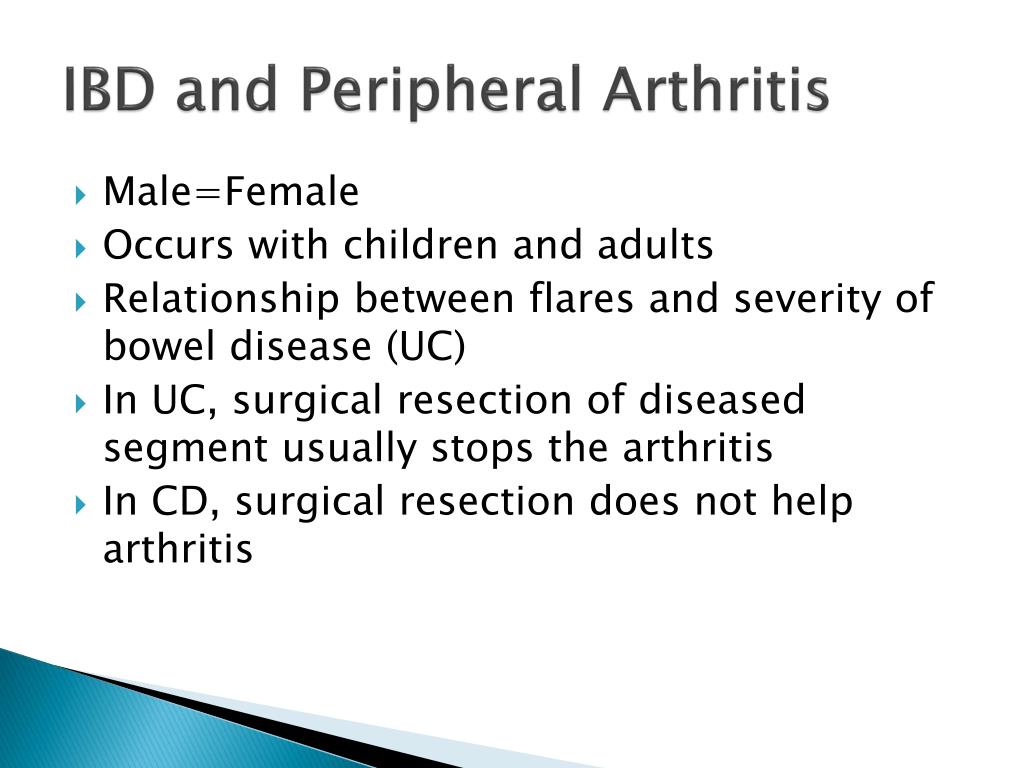
However, there is no doubt today that a healthy lifestyle, including a balanced diet and regular exercise, can drastically reduce the risk of at least some types of arthritis or slow down their development, if not avoided.
As scientists advance in research on this disease, so do therapeutic approaches. Perhaps someday we will even find an answer to the question of how the weather affects the symptoms of arthritis.
According to the materials of the site Medical News Today
See also the articles “Arthritis and arthrosis”, “Rheumatoid arthritis” on the Lakhta Clinic website.
Rheumatoid arthritis – how are patients treated at the Medical Center “Nevrocel”?
An ultrasound picture of rheumatoid arthritis may include the following:
- Edema is an increase in tissue around the joints, which may occur due to inflammation.
- Change in tissue density – may occur with the destruction of bone and cartilage tissue.

- Bone erosions is a change in which perforations or pits appear on the surface of the bones.
- Synovitis is an inflammation of the synovial membrane, which can be manifested by an increase in its thickness and the presence of fluid in the joint cavity.
- Articular surface lesions are changes that can occur on the surface of bones associated with the destruction of cartilage and bone tissue.
- Soft tissue lesions are changes that can occur in the soft tissues surrounding joints, such as fluid accumulation or the presence of tumors.
Ultrasonography may be useful in diagnosing rheumatoid arthritis, especially in the early stages of the disease, when radiographic changes are not yet evident.
In addition, ultrasound can be used to assess the effectiveness of treatment and monitor disease progression.
Magnetic resonance imaging (MRI) can help identify the following changes in rheumatoid arthritis:
- Swelling is an increase in tissue around the joints that can occur due to inflammation.

- Tissue density is a change that can occur when bone and cartilage are destroyed.
- Bone erosions is a change in which perforations or pits appear on the surface of the bones.
- Synovitis is an inflammation of the synovial membrane, which can be manifested by an increase in its thickness and the presence of fluid in the joint cavity.
- Articular lesions are changes that can occur on the surface of bones associated with the destruction of cartilage and bone tissue.
- Soft tissue lesions are changes that can occur in the soft tissues surrounding joints, such as fluid accumulation or the presence of tumors.
MRI can be useful in diagnosing rheumatoid arthritis, especially in the early stages of the disease, when radiographic changes are not yet apparent.
In addition, MRI can be used to assess the effectiveness of treatment and monitor disease progression.
A biopsy of the articular tissue is rarely used to diagnose rheumatoid arthritis because other methods, such as blood tests, x-rays, or MRI, are usually sufficient to establish the diagnosis.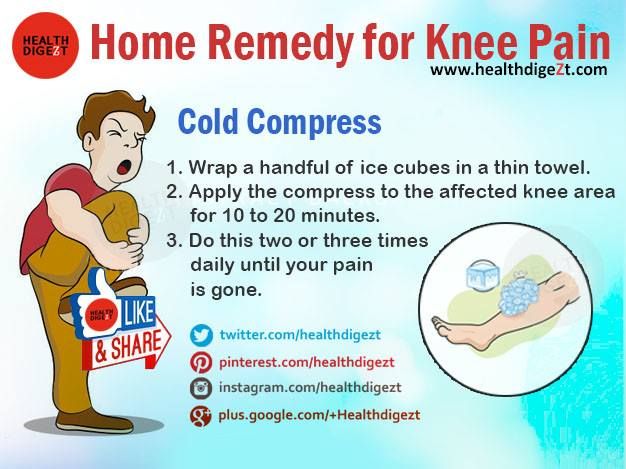


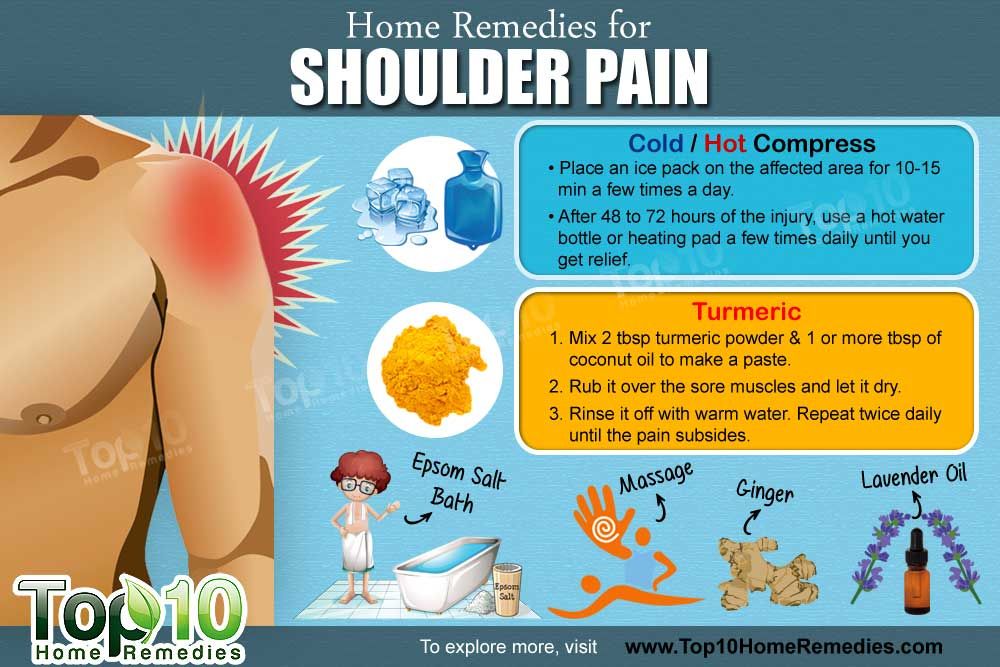
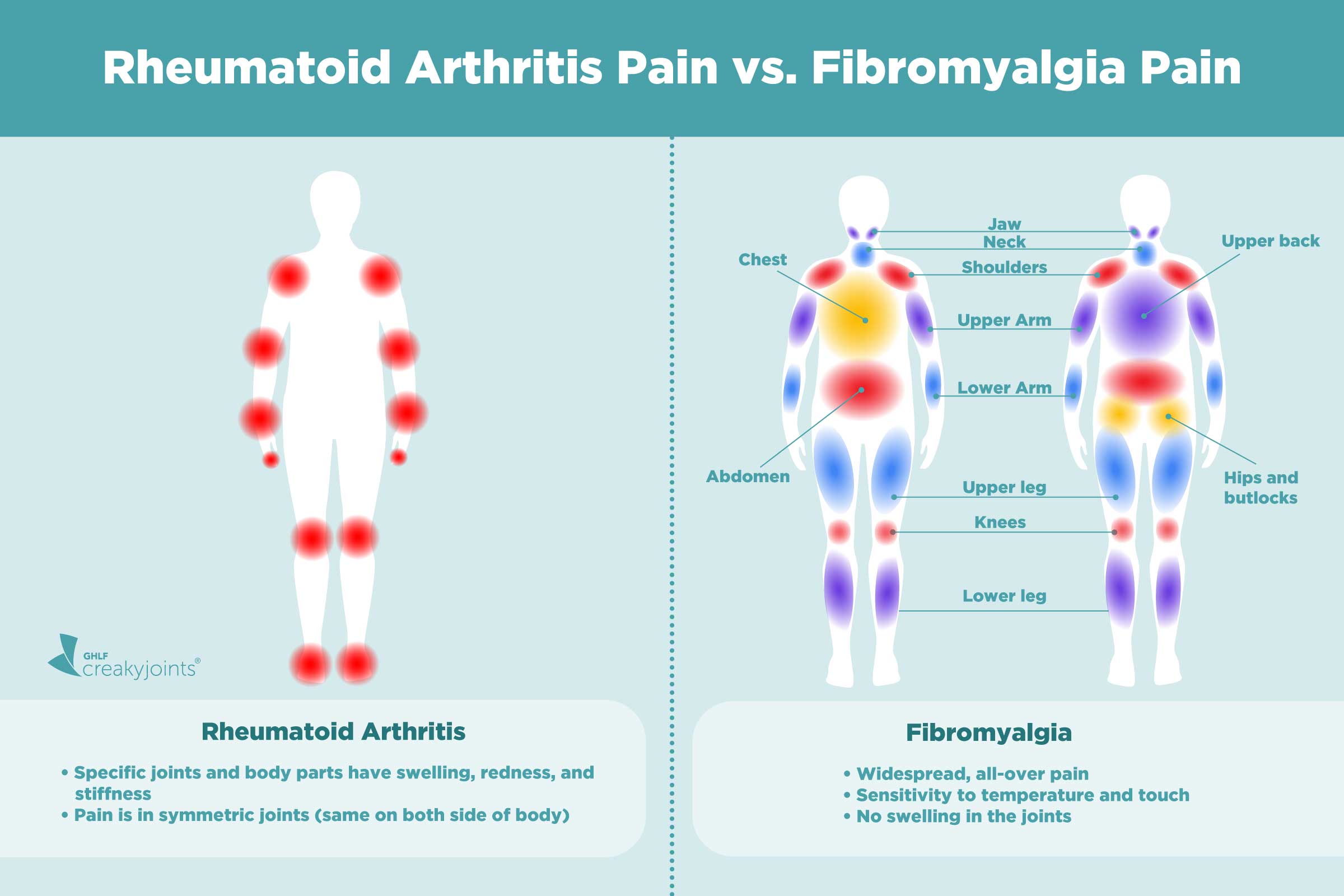


:max_bytes(150000):strip_icc()/common-causes-of-foot-and-ankle-swelling-1337777-5c04ad02c9e77c0001b0f9e0.png) Remove it from the freezer, place it in a plastic bag or thin cloth and apply it to the affected area.
Remove it from the freezer, place it in a plastic bag or thin cloth and apply it to the affected area.
